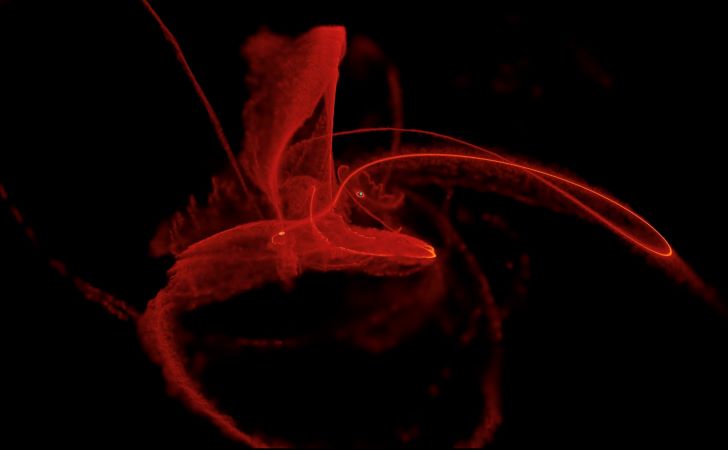 |
|
Astrophysical and Planetary Sciences Colloquium
Monday, January 29, 2024 at 3:30 pm JILA auditorium Eric Coughlin , Syracuse University "How a Black Hole Destroys a Star: New Advances in Understanding Tidal Disruption Events"  Abstract:The destruction of a star by the gravitational field of a supermassive black hole, known as a tidal disruption event (TDE), creates a luminous, electromagnetic signal that rises, reaches a peak, and decays with time as tidally disrupted stellar debris rains down, or ``accretes,'' onto the disrupting black hole. These TDEs are detectable to cosmological distances, and the number of TDEs we detect per year is rapidly growing with the advent of astronomical surveys. I will describe a set of new results on the relationship between the peak luminosity of a TDE and the properties of the disrupted star (e.g., the star's mass) and the black hole mass. I will discuss the implications of these results in the context of a) the formation of jetted TDEs -- TDEs that show hard X-ray emission that is interpreted as arising from a fast-moving outflow (i.e., a jet), b) decades-long extragalactic outbursts that have been interpreted as TDEs from massive stars, and c) the TDE luminosity function, or the number of TDEs expected with a given peak luminosity and time-to-peak, and its dependence on the black hole mass function.
|